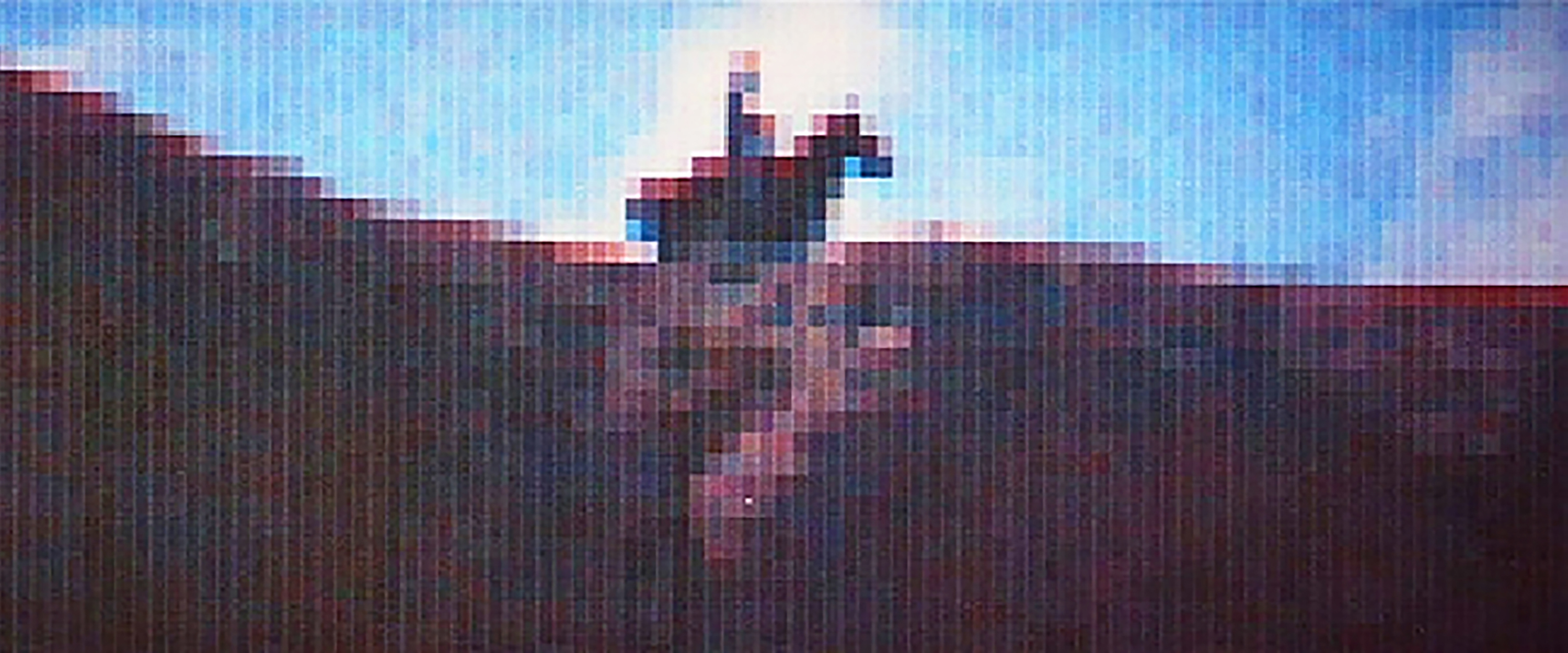Carolyn L Kane, Chromatic Algorithms: Synthetic Color, Computer Art, and Aesthetics After Code (Chicago and London: University of Chicago Press, 2014), 133.
Siegel developed this film for the exhibition TV as a Creative Medium, organized by the Howard Wise Gallery in New York from 1968–1969.
Lucinda Furlong, “Notes toward a History of Image-Processed Video: Eric Siegel, Stephen Beck, Dan Sandin, Steve Rutt, Bill and Louise Etra,” After-image 11, no. 1–2 (1983): 36; Carolyn L. Kane, “The Electric ‘Now Indigo Blue’: Synthetic Color and Video Synthesis circa 1969,” Leonardo 46, no. 4 (2013): 361–362; Eric J. Siegel, “Video Color Synthesizer,” US patent 3,647,942, filed 23 Apr. 1970 and issued 7 Mar. 1972; Kane, Chromatic Algorithms, 72.
Lillian F Schwartz; Laurens R Schwartz, The computer artist’s handbook (W.W. Norton, 1993), 113.
Friedrich Kittler, “Computer Graphics: A Semi Technical Introduction,” Grey Room 2 (Fall 2001): 30–45.
For a comprehensive archive of this type of work from our practice, see ➝.
For more on the concept of “post-orthography” see John May, “Everything is Already an Image,” Log 40 (2017).
Ibid.
John May, Signal, Image, Architecture (Columbia Books on Architecture and the City, forthcoming 2019) The process of architecture was (and continues to be) drastically reorganized by what Jonathan Crary has called, when referring to the historical emergence of computer graphics, “a transformation in the nature of visuality probably more profound than the break that separates medieval imagery from Renaissance perspective.”[footnote Crary continues: “The rapid development in a little more than a decade of a vast array of computer graphics techniques is part of a sweeping reconfiguration of relations between an observing subject and modes of representation that effectively nullifies most of the culturally established meaning of the terms observer and representation.” Jonathan Crary, Techniques of the Observer: On Vision and Modernity in the Nineteenth Century (Cambridge, MA: MIT Press, 1990).
Mario Carpo, “Alberti’s Media Lab,” in Mario Carpo and Frédérique Lemerle, eds., Perspective, Projections and Design (London: Routledge, 2007), 47–63.
For more on numerical color, see Conversation held between author Carolyn L. Kane and Zeina Koreitem, “Computational Color,” Project 07 (Summer 2018).
Robin Evans, “Translations from Drawing to Building,” AA Files 12 (Summer 1986): 16.
